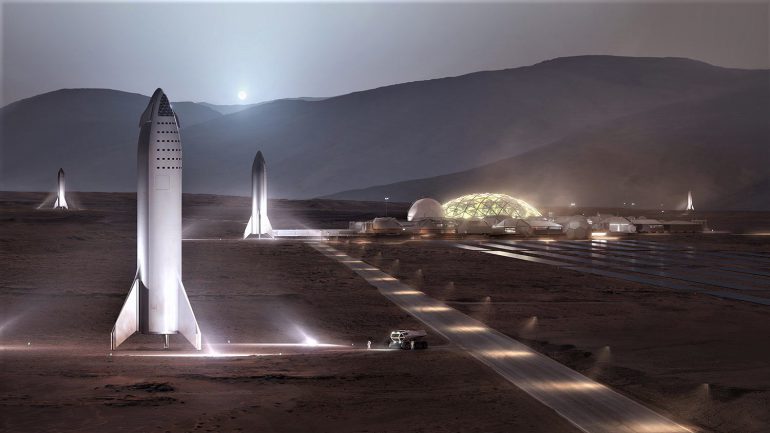
The further and longer people travel in space, the more difficult it is to maintain their health. On the International Space Station, astronauts have direct communication with Mission Control, regular supplies of medicines, and the opportunity to return to Earth in six months. But with the launch of long-duration flight programs planned by NASA together with commercial partners, including Elon Musk’s SpaceX, the situation will change. There will be no quick return on the way to the Moon or Mars, and the signal delay in communication can reach 20 minutes one way.
That’s why NASA is gradually moving medical care in space to “autonomous rails,” reducing dependence on the Earth. One of the first experiments — the creation of a Google an AI-based digital medical assistant called Crew Medical Officer Digital Assistant (CMO-DA).
How CMO-DA works
This assistant helps astronauts diagnose and treat symptoms when there is no doctor nearby or no connection to Earth. The system is multi-format: it accepts voice, text, and visual queries, processing them in Google Cloud Vertex AI environment.
The project is being implemented under a fixed contract with Google Public Sector, which includes cloud computing, infrastructure for application development, and model training. NASA owns the source code of the application and participates in the finalization of the models. Vertex AI provides access to both Google models and third-party solutions.
CMO-DA has already been tested on three clinical scenarios: an ankle injury, side pain, and ear pain. The evaluation was conducted by three doctors, one of whom is a current astronaut. They checked the accuracy of diagnosis, history taking, clinical thinking, and proposed treatments. The results were as follows:
- Flank pain — 74% correct diagnosis and treatment plan.
- Ear pain — 80%.
- Ankle injury — 88%.
NASA plans to gradually expand the CMO-DA functions. They are considering connecting medical devices, integrating additional data sources, and training the model to recognize space-specific factors, such as the effect of microgravity on the body.
As for the prospects of using such an assistant in hospitals on Earth, Google has not yet given a clear answer. But after confirming its effectiveness in orbital conditions, this could be a logical next step.
The potential benefits for terrestrial medicine are obvious: a technology capable of autonomously assessing a patient’s condition without the constant presence of a doctor can be a solution to problems in remote regions, during natural disasters, or in the field.
Source: techcrunch

Spelling error report
The following text will be sent to our editors: